iPhone 15 Pro Max vs Galaxy S23 Ultra zoom camera comparison

Unlike previous years, in 2023 Apple decided that it's high time its largest and most advanced iPhone differentiated itself even more from the rest of the lineup and the iPhone 15 Pro in particular. The fresh iPhone 15 Pro Max has not only scored a new contoured titanium frame as well as a new USB Type-C port, but also a customizable Action Button and thinner new bezels that complement the refreshed exterior design.
The stand-out feature of the iPhone 15 Pro Max, however, is none other than its new telephoto lens. Gone is the relatively short 3.0x telephoto camera of before, substituted for a tetraprism-powered camera 5.0x optical zoom, or 120mm. The maximum hybrid zoom available on the iPhone 15 Pro Max is 25X, which is further than previous iPhones.
Such a telephoto is certainly enough to qualify Apple's latest for participating in the same league as the big boys. Chief among these, of course, is Samsung's top Galaxy S23 Ultra flagship. That one comes with arguably the most versatile camera system around, consisting of four cameras. It has not one, but two zoomers on deck - a 3.0x telephoto and a 10.0x long-throw periscope camera, which allows the maximum zoom to max out at 100x.
In any case, even considering the differences between the two zoom cameras and how long each phone can zoom, comparisons between the Galaxy S23 Ultra and the iPhone 15 Pro Max and their long-zooming cameras are all but inevitable.
Read more:
iPhone 15 Pro Max telephoto camera specs
- 2X digital crop
- 12MP, 5.0x optical zoom, 120mm, ƒ/2.8, OIS
Technically, the new camera is not a periscope. Periscope lenses usually reflect light at 90 degrees off of a mirror and through several lenses before it hits the sensor, which is more space-consuming. Contrary to that, Apple has used a tetraprism, a folded glass structure below the lens, which refracts light rays four times over before they hit the sensor. This saves space and also allows the camera to benefit from a much faster aperture in comparison with traditional periscope lenses.
Though it maxes out at 5 times optically, the iPhone 15 Pro Max can deliver up to 25x of total zoom. Yet, that's just a quarter of the potential zoom that the Galaxy S23 Ultra can deliver, as Samsung's best phone so far maxes out at 100x. That's the furthest-zooming phone on the US market so far.
Taking zoomed-in photos is usually associated with undesired camera shakes and jitters that can easily lead to blurry and unclear photos, however grasp your hold may be. That's why the telephoto lens on the iPhone 15 Pro Max is outfitted with a new 3D sensor‑shift optical image stabilization that is reportedly capable of up to 10,000 micro-adjustments every second, promising jitter-free photos devoid of any signs of motion blur.
Galaxy S23 Ultra telephoto/periscope camera specs
- 2X digital crop
- 10MP 3.0x optical zoom, 69mm, 1/3.52″ sensor, 1.12 μm pixels, ƒ/2.4, PDAF, OIS
- 10MP 10.0x optical zoom, 230mm, 1/3.52″ sensor, 1.12 μm pixels, ƒ/4.9, PDAF, OIS
The Galaxy S23 Ultra carries on the tradition of offering a 10x optical camera at the back. Samsung's most recent flagships like the Galaxy S20 Ultra, Galaxy S21 Ultra, and Galaxy S22 Ultra have all had such a camera at the back. Aside from the long periscope, the Galaxy S23 Ultra also comes along with a shorter 3.0x telephoto camera, which can soak up more light and therefore has better low-light capabilities.
The 10x periscope camera of the Galaxy S23 Ultra delivers extremely capable results in broad daylight, but struggles a bit in low-light environments due to its slow-ish f/4.9 aperture. Sh
Once you venture past the 10x optical zoom setting inside the camera app, the image quality regresses, so anything past the 10x mode is discouraged.
Aside from the 10x optical zoom lens, the big novelty with the Galaxy S23 Ultra is its new awe-inspiring 200MP main camera. Of course, as most high-megapixel phones out there, the Galaxy S23 Ultra uses pixel-binning to combine sixteen pixels into one and deliver photos with less noise and better low-light sensitivity.
As of August 2023, the Galaxy S23 Ultra also offers a dedicated 2X digital zoom that crops from the center of the main camera sensor and delivers very decent photos from a quality perspective. If you don't seen the dedicated 2X camera mode on your Galaxy, make sure to download the Camera Assistant app from Galaxy Store and enable the corresponding option manually.
iPhone 15 Pro Max vs Galaxy S23 Ultra: Zoom comparison
Scene #1
In our first scene, both phones have done a decent job at capturing our model in the best light possible. At 2X, while decently detailed and exposed, both photos show some minor noise, but nothing too overwhelming. At 3X, the Galaxy's first telephoto kicks in and delivers an optically superior result in comparison with the iPhone, which lacks details in its 3X sample photo. At 5X, however, the iPhone retakes some lost ground with more details and overall nicer photo. When we zoom to 10X, however, which is the Galaxy's forte due to the dedicated periscope, the Galaxy decidedly bests the iPhone 15 Pro Max, which shows way more noise-related artifacts and general lack of finer details.
Scene #2
The same general conclusion are true for our second scene, in which our subjects looks mostly similar at 2X with either phone, but the Galaxy generally dominates at 3X and 10X, while the iPhone decidedly shoots better at 5X.
Scene #3
In this scene, the Galaxy struggles at 5X, with the text on the billboards in the background hardly discernible in contrast with the iPhone, which has scored yet another important win thanks to the dedicated 5X telephoto camera. At 10X, the Galaxy is naturally better at the detail reproduction, but surprisingly, the iPhone isn't that behind either, even though it's already out of its zone of comfort as far as optical zoom is considered.
Scene #4
With perfect afternoon lightning, the Galaxy is once again optically superior at 3X and 10X, while the iPhone has the upper hand at the 5X zoom range. However, the differences aren't that big even at 10X, where some may even prefer the iPhone photo.
Scene #5
When you flip the switch and the light goes down, things aren't very exciting for either phone. At 3X, the Galaxy has delivered a much better night photo that looks the part, with richer color and better dynamics. Meanwhile, the iPhone gives us bleaker and gloomier scene, with some lens flares as a bonus. At 5X, the situation is evened out, with both phones delivering mostly similar (and not very appealing) photos. Finer details, however, look nicer on the iPhone. At 10X, the Galaxy has smoothed over some details, while the iPhone has poured a bucket of fuzzy noise all across the sample image.
Scene #6
On the other hand, in this second low-light scene, when the lighting is even more extreme and generally limited, the much narrower aperture of the Galaxy's periscope camera has struggled to capture the scene in a timely manner, which has led to motion blur and lack of finer detail. At the same time, the iPhone 15 Pro Max's tetraprism telephoto has helped it beat the Galaxy in this tasking test thanks to the wider (faster) aperture.
Scene #7
In our last scene, the differences couldn't be more pronounced: a victorious iPhone at the 5X range, where the Galaxy has struggled. The 10X test in this scene is a very narrow win for the Galaxy despite its smudged details; the noise over at the iPhone is simply too much to handle.
Conclusion
And there you have it: each of these phones surely excels in the discipline it's most proficient in! Due to the hardware differences, you can't really have an "apples to apples" comparison where each phone's dedicated zoom camera goes against the other's dedicated camera, and vice versa. Most of the scenes had to include optical versus digital zoom due to the different specs sheets.
Generally, the iPhone excels at 5X, while the Galaxy is better at 3X and 10X, which was the logical conclusion to expect from the very get-go. But then again, in good lighting conditions, the differences aren't that stark as far as details and overall resolution go; it's Samsung and Apple's specific image processing, dynamic range, and color science that make the bigger difference.
In low light, the differences are a bit starker, and the slow aperture of Samsung's periscope starts to show its biggest weakness: low-light photography. In such conditions, the iPhone is easily equal to the Galaxy S23 Ultra.


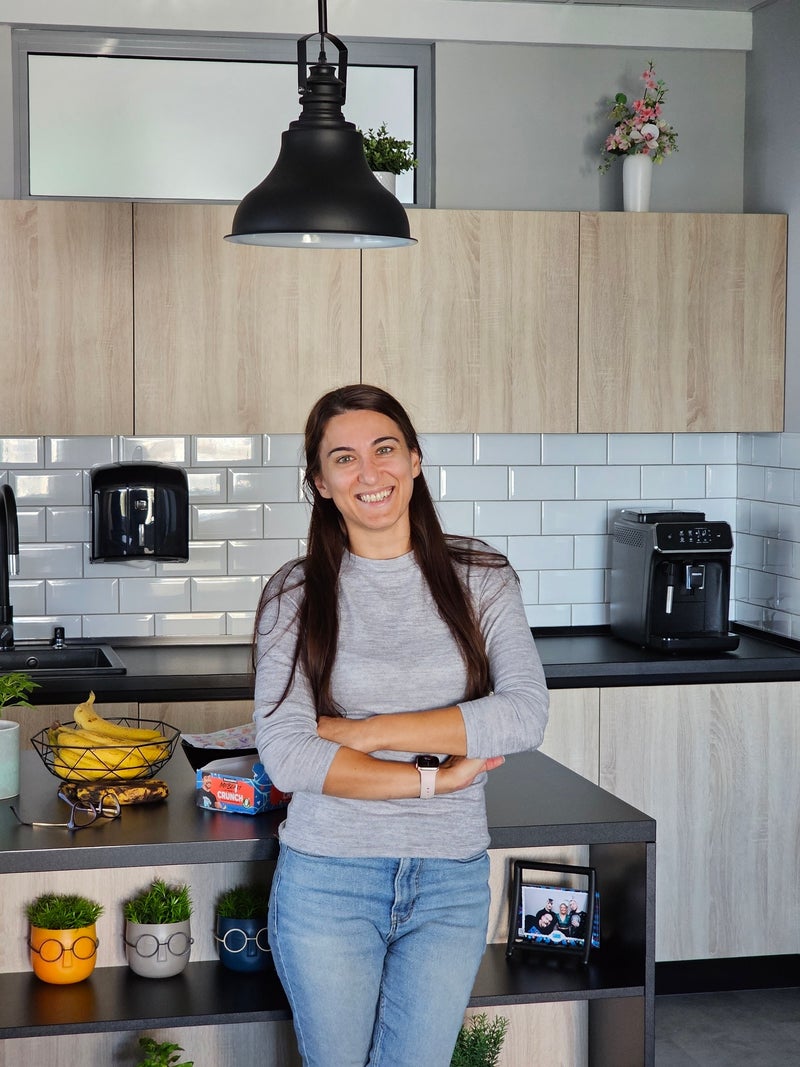


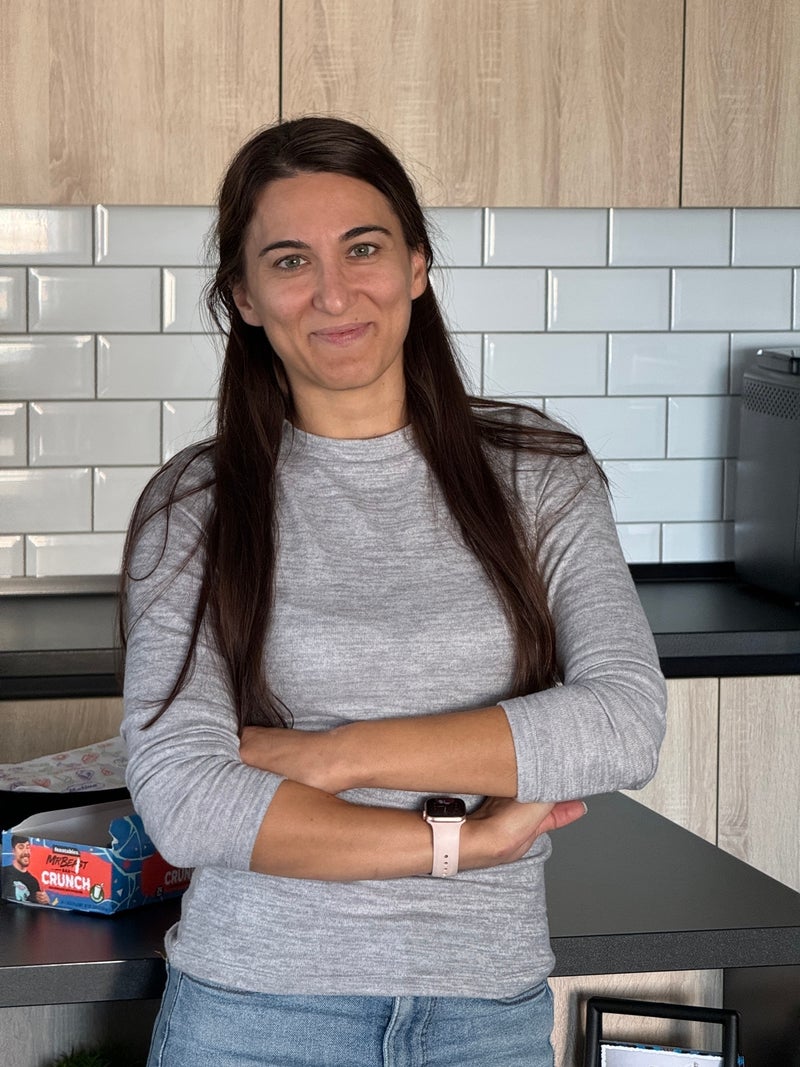
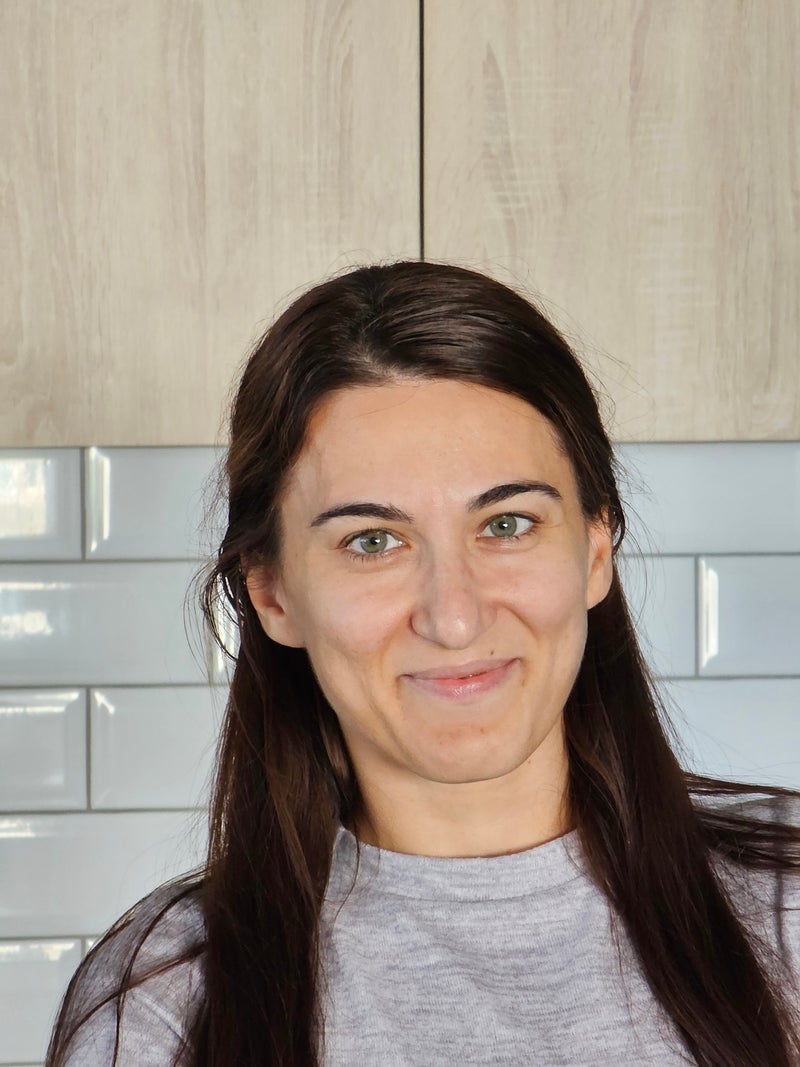
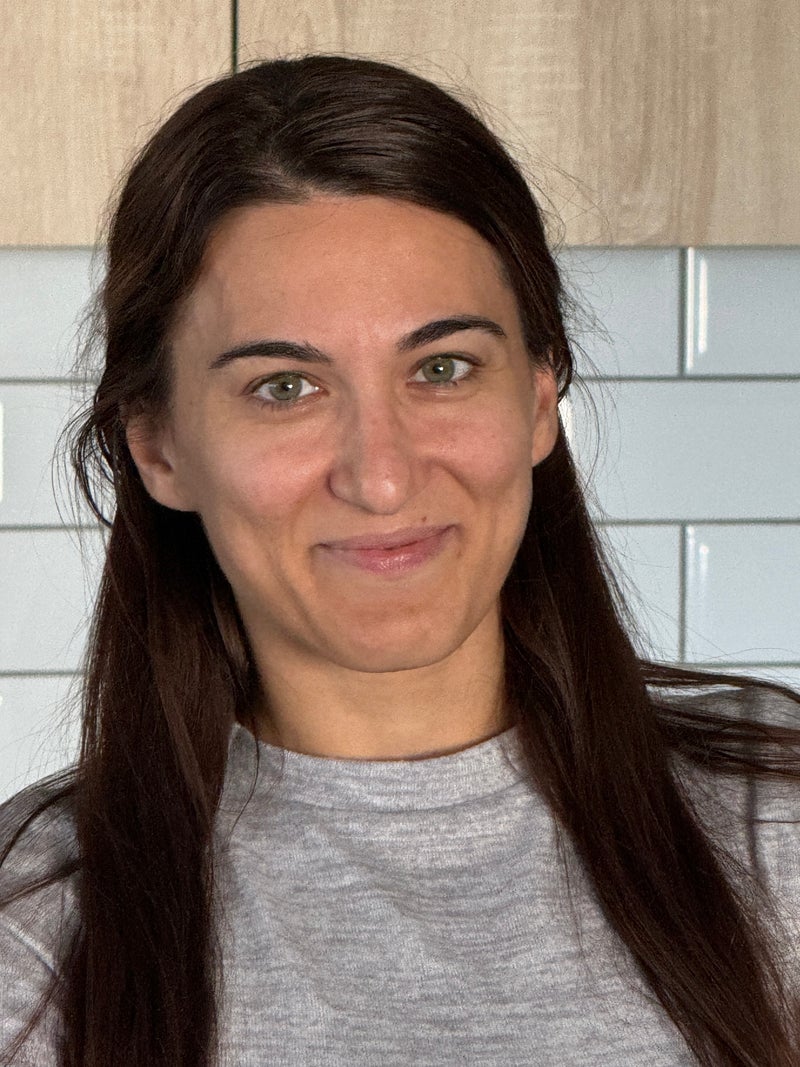

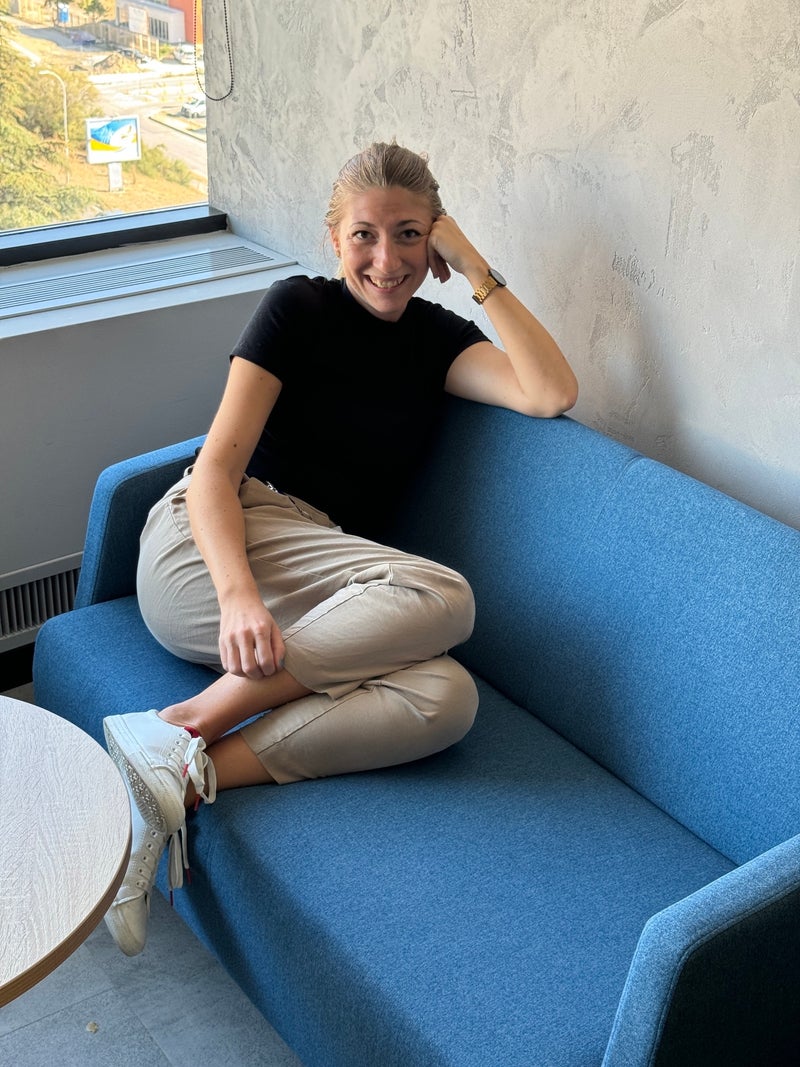







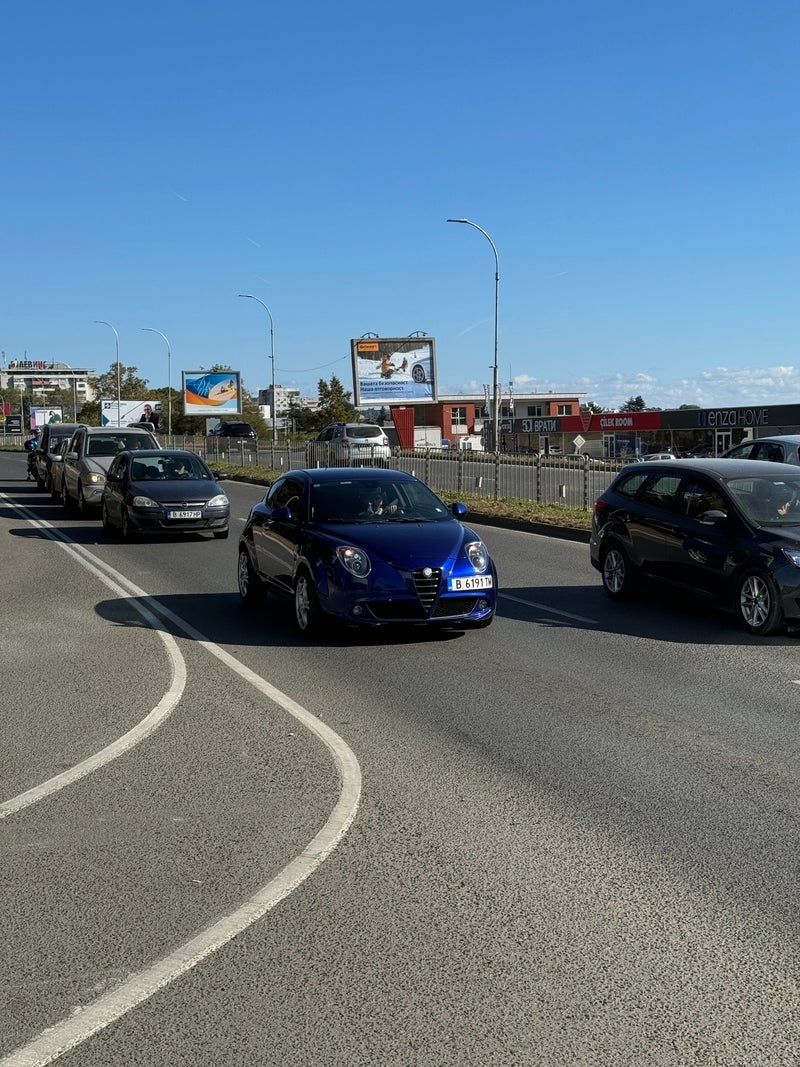


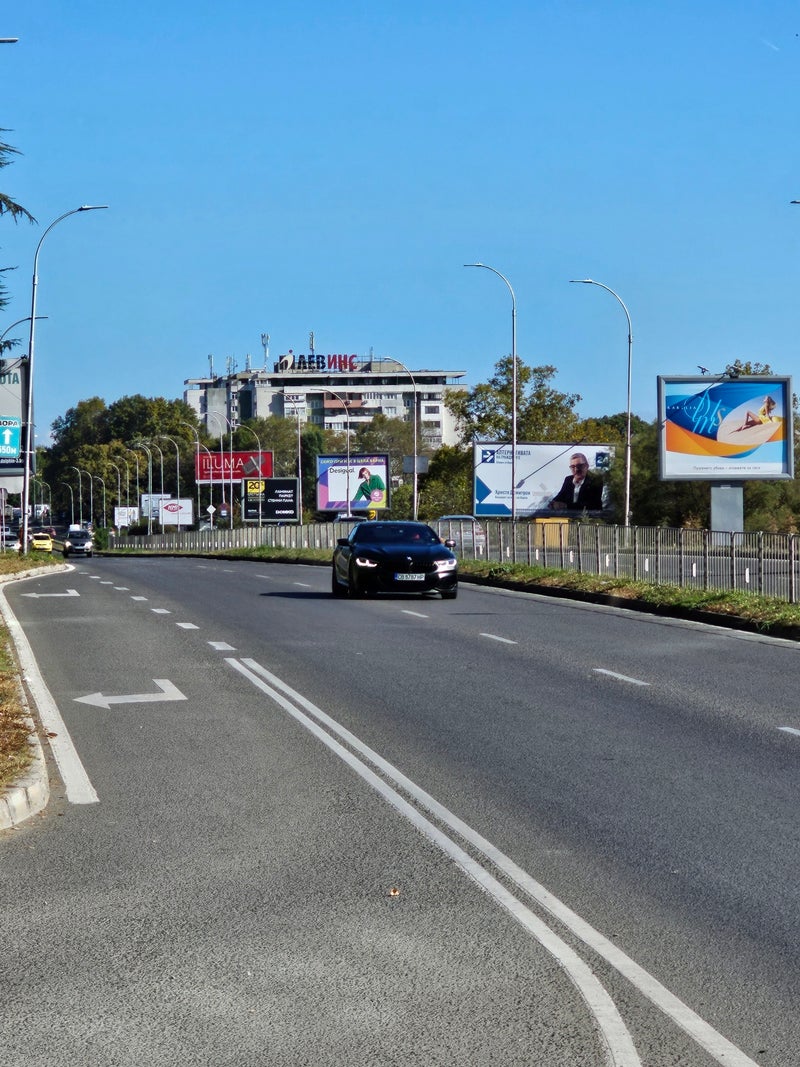

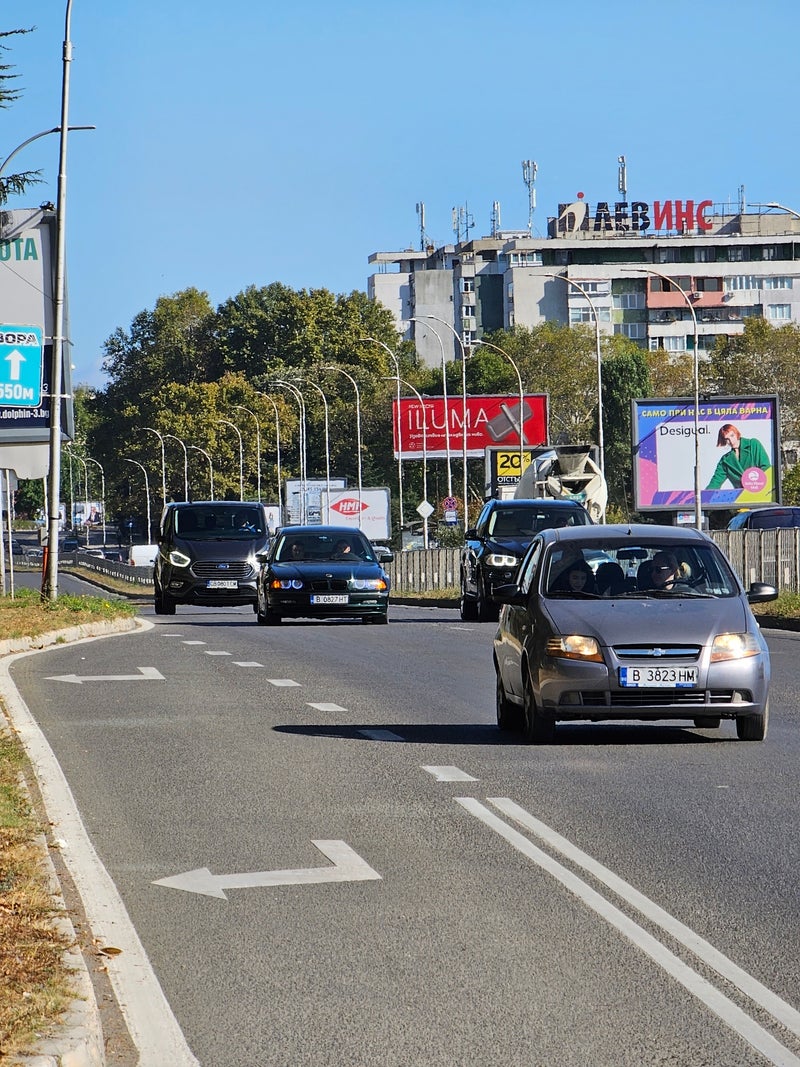
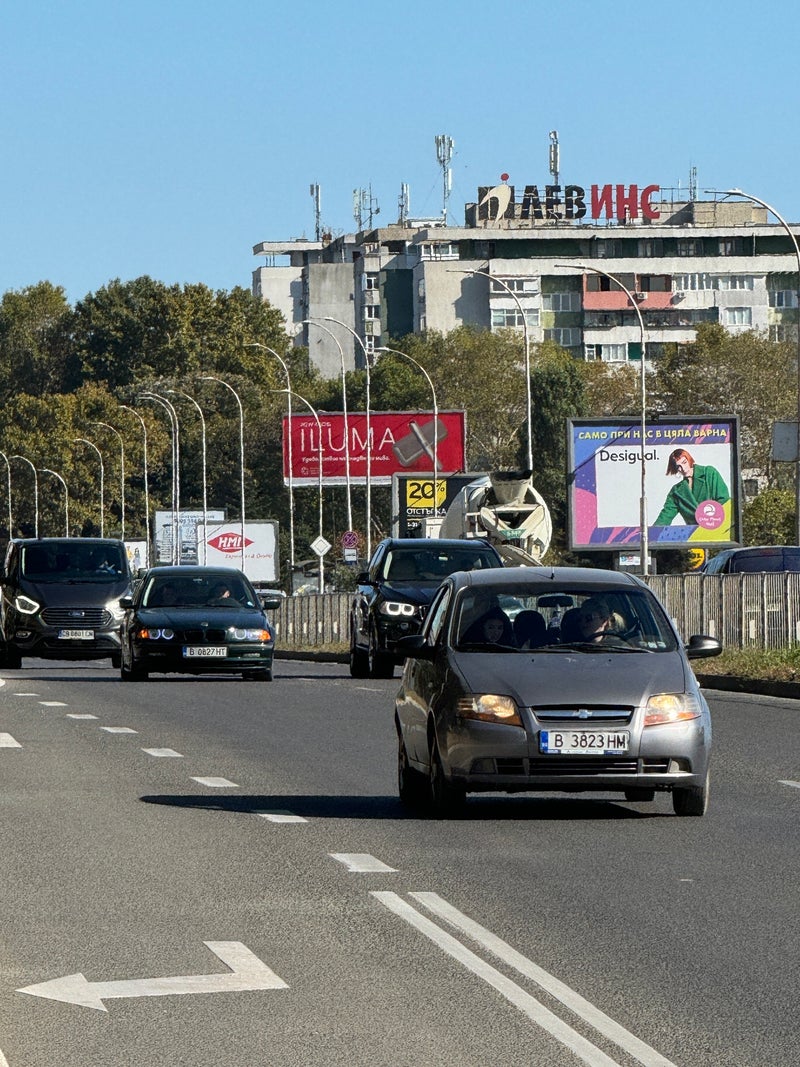
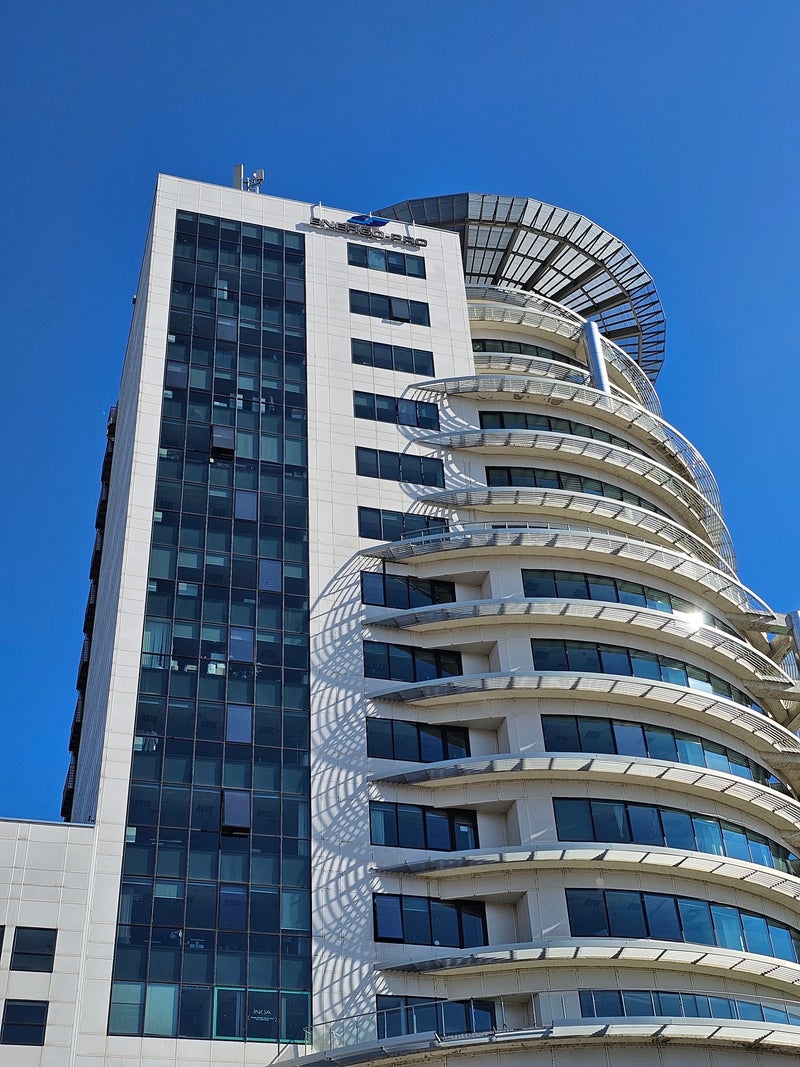
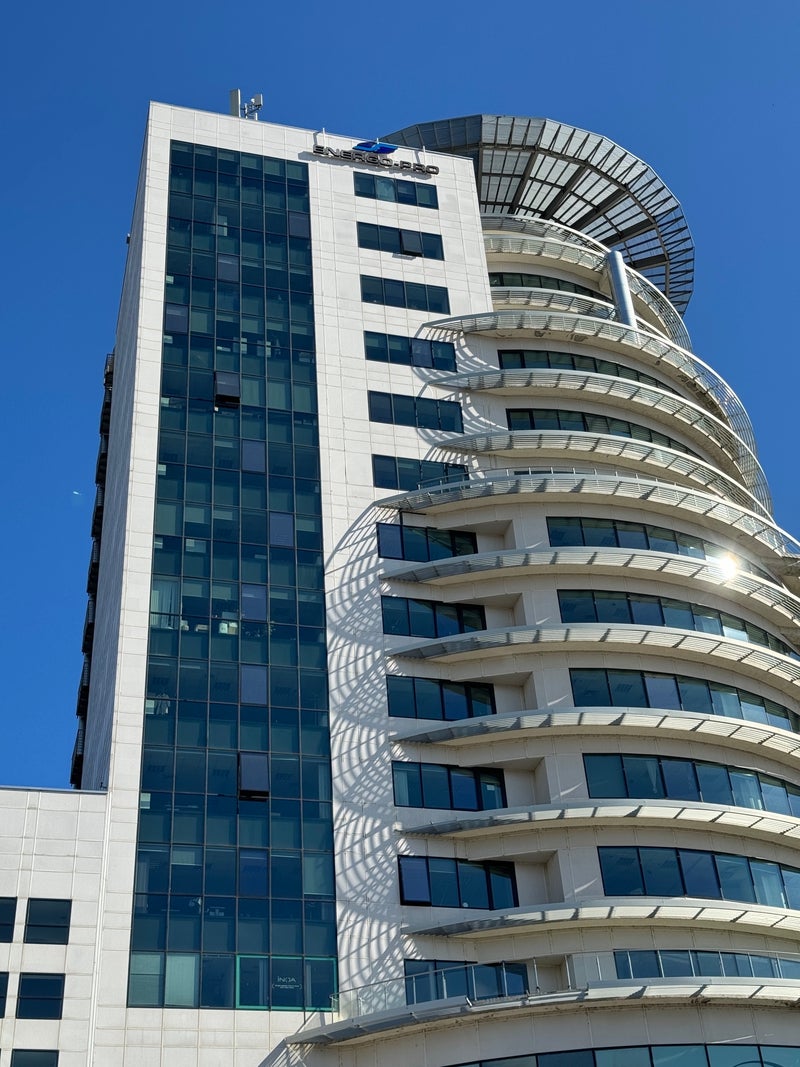
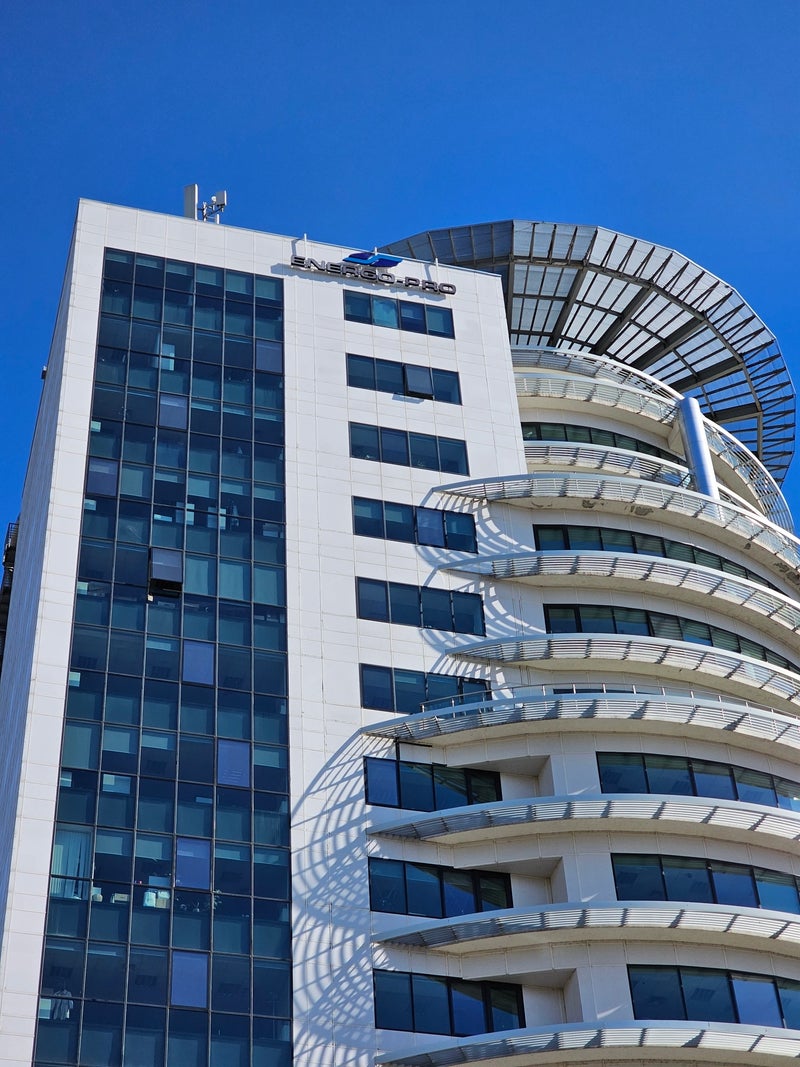
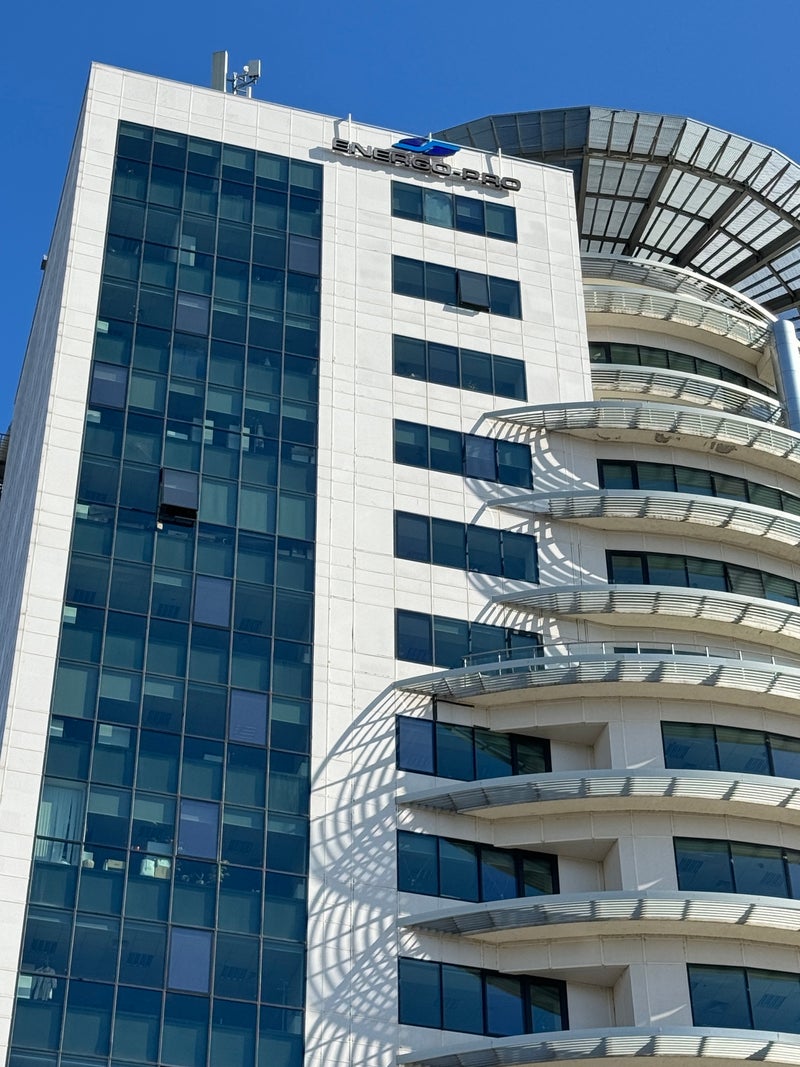
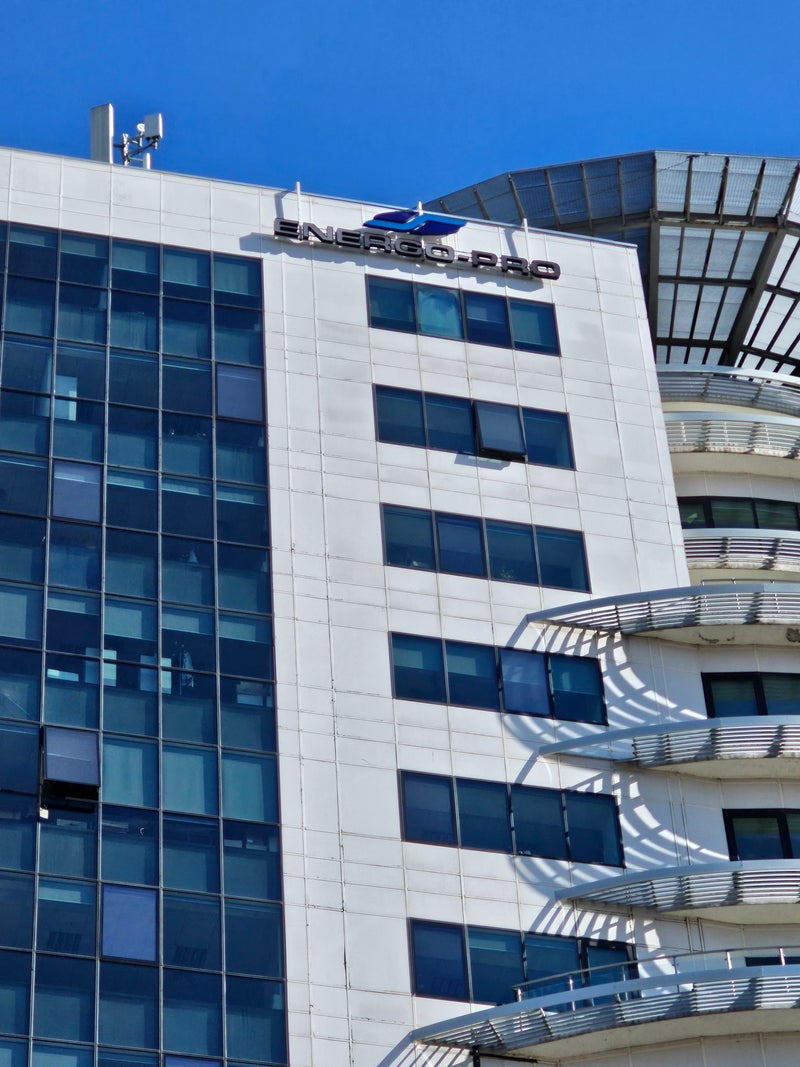
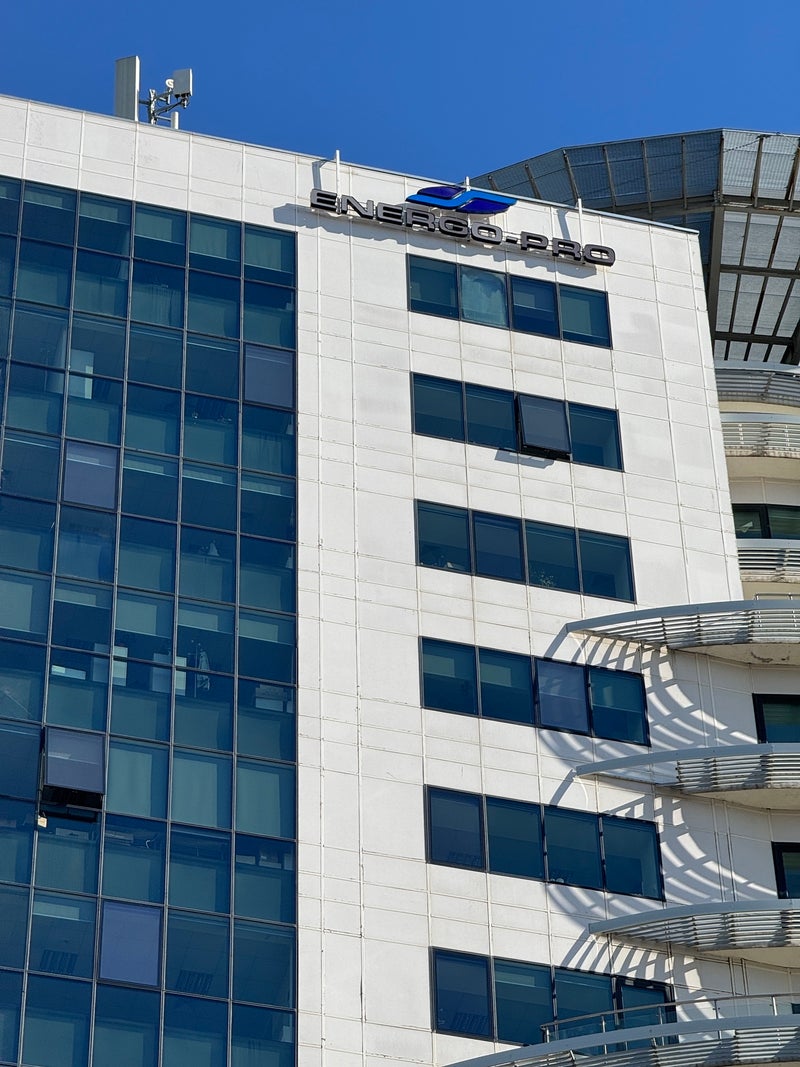
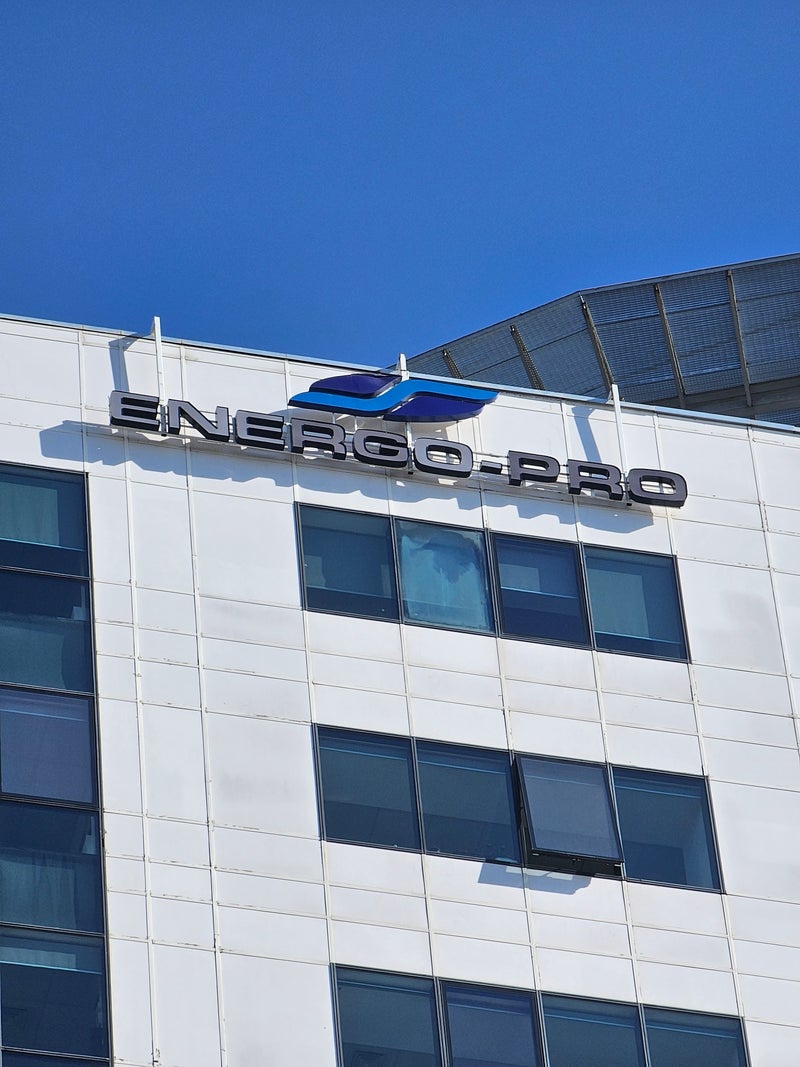
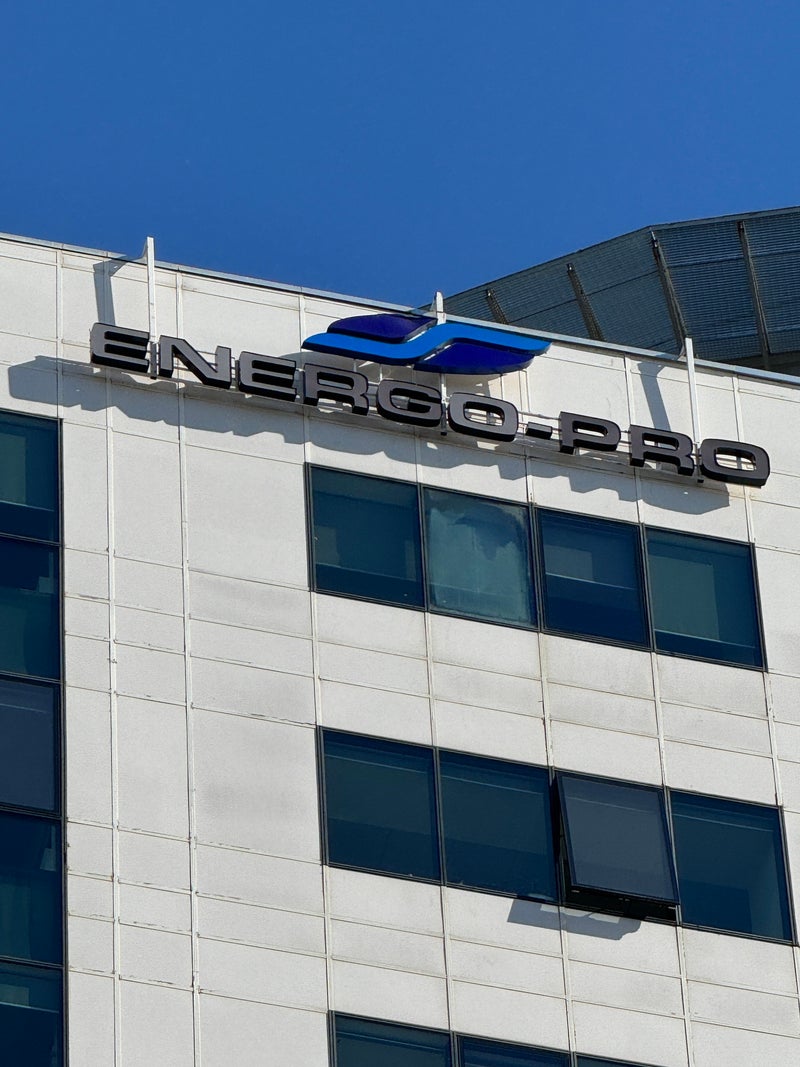
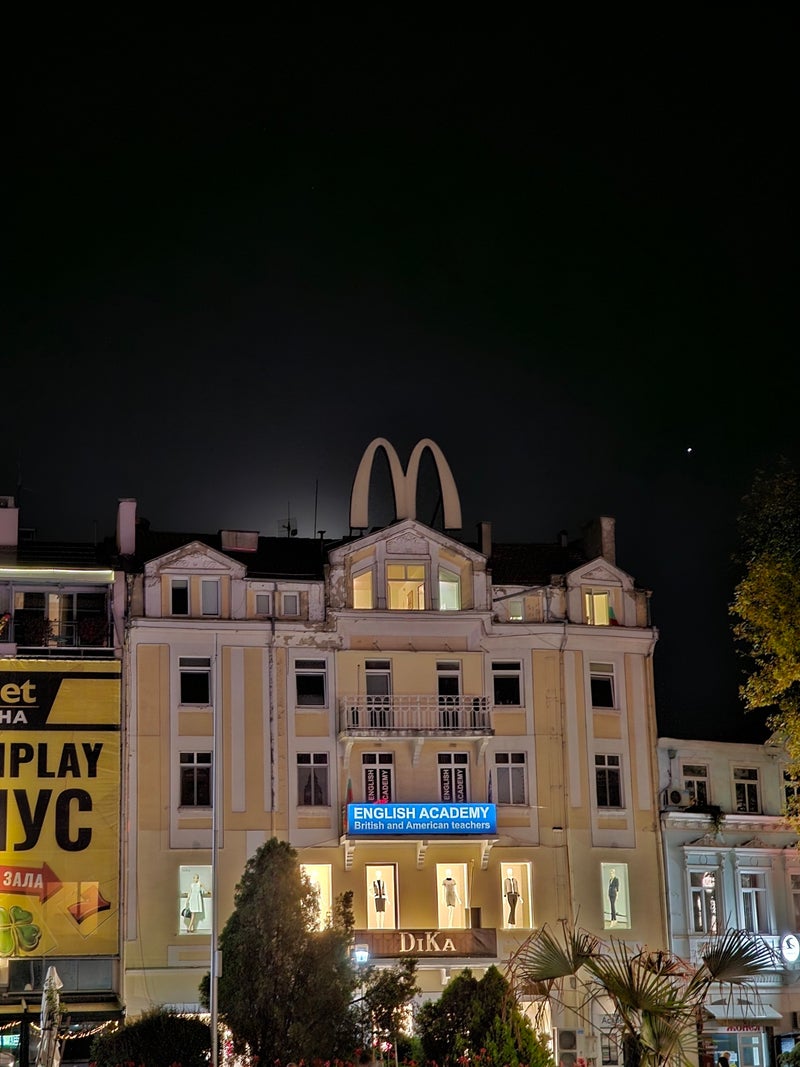
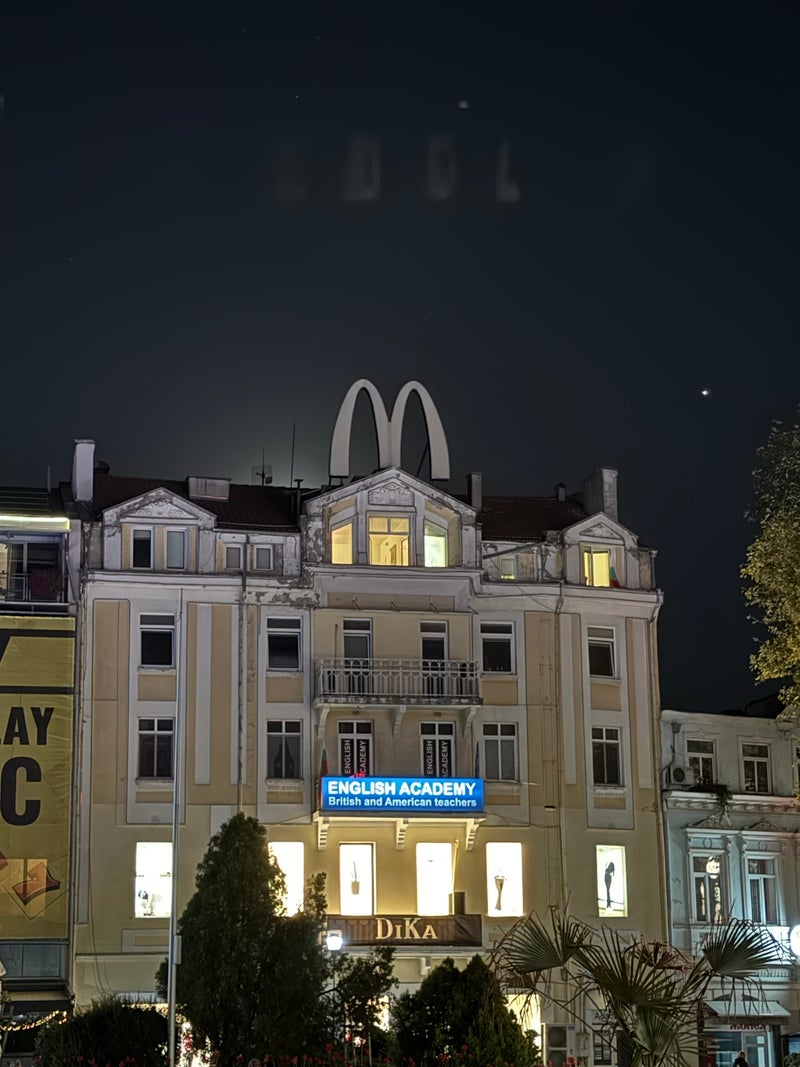
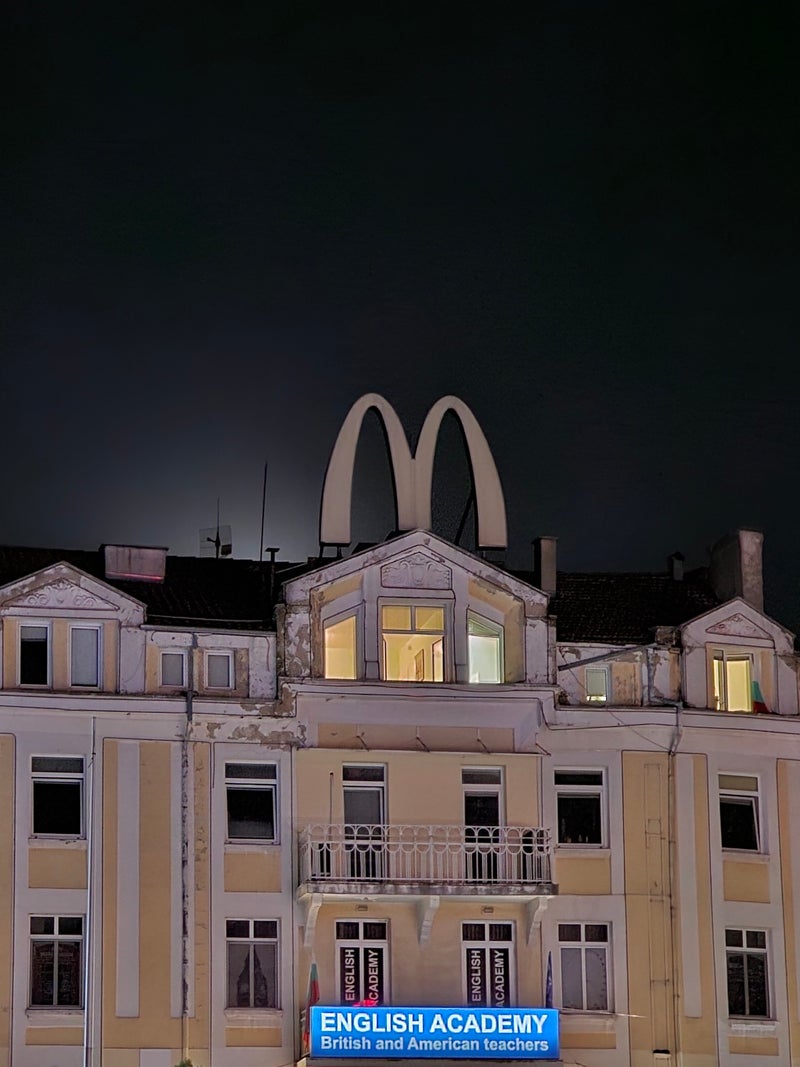
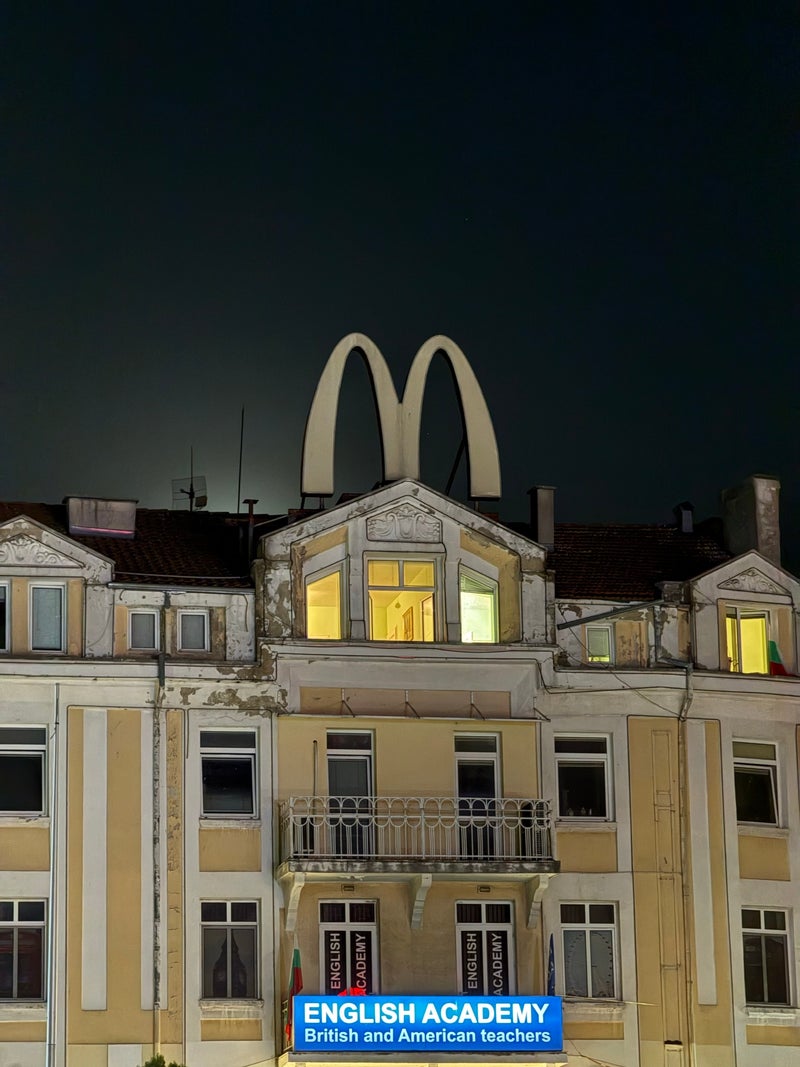
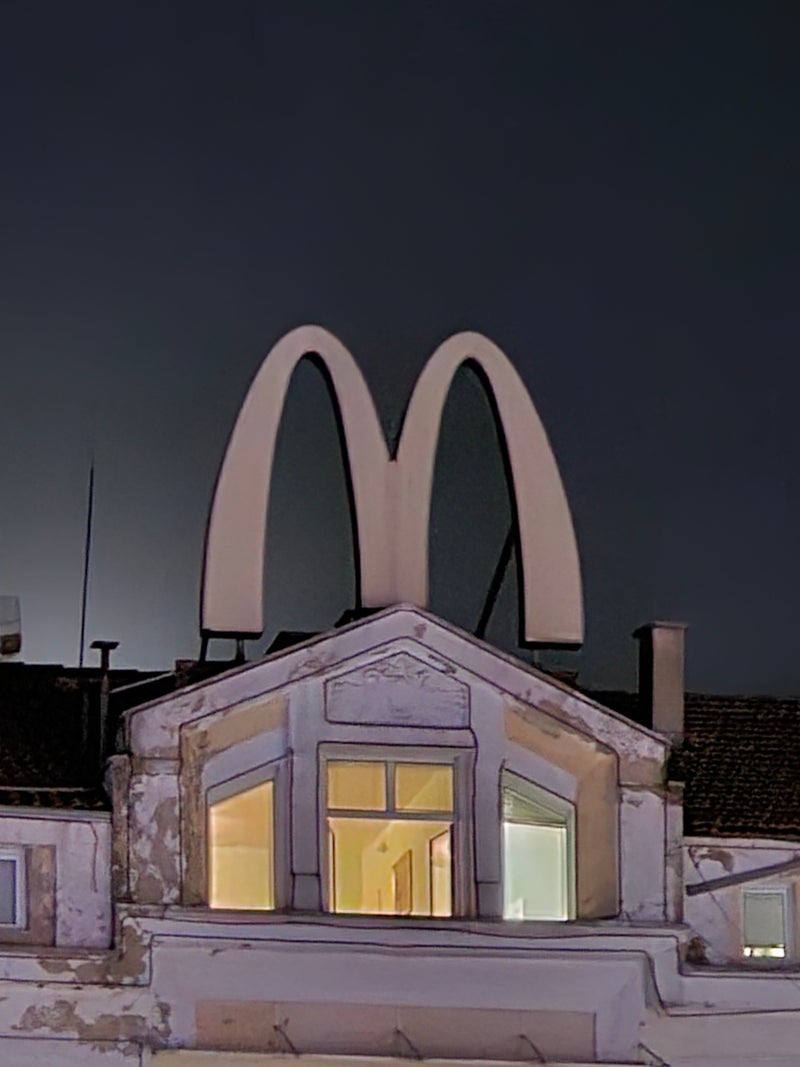

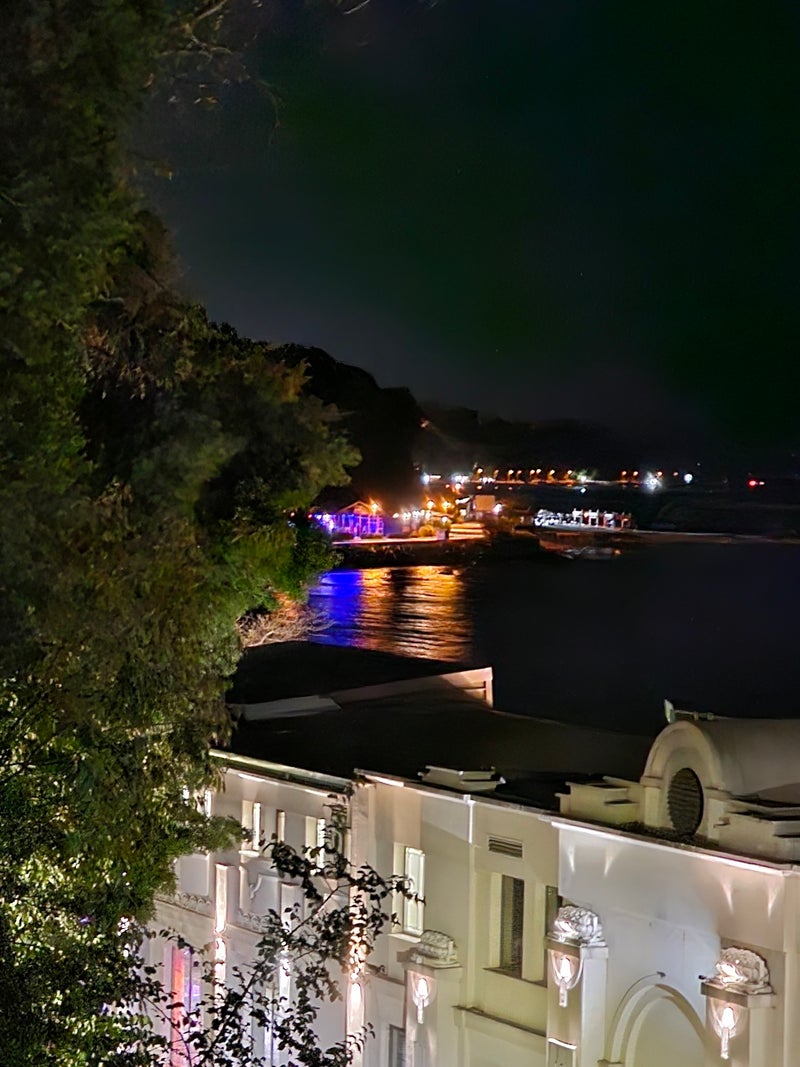
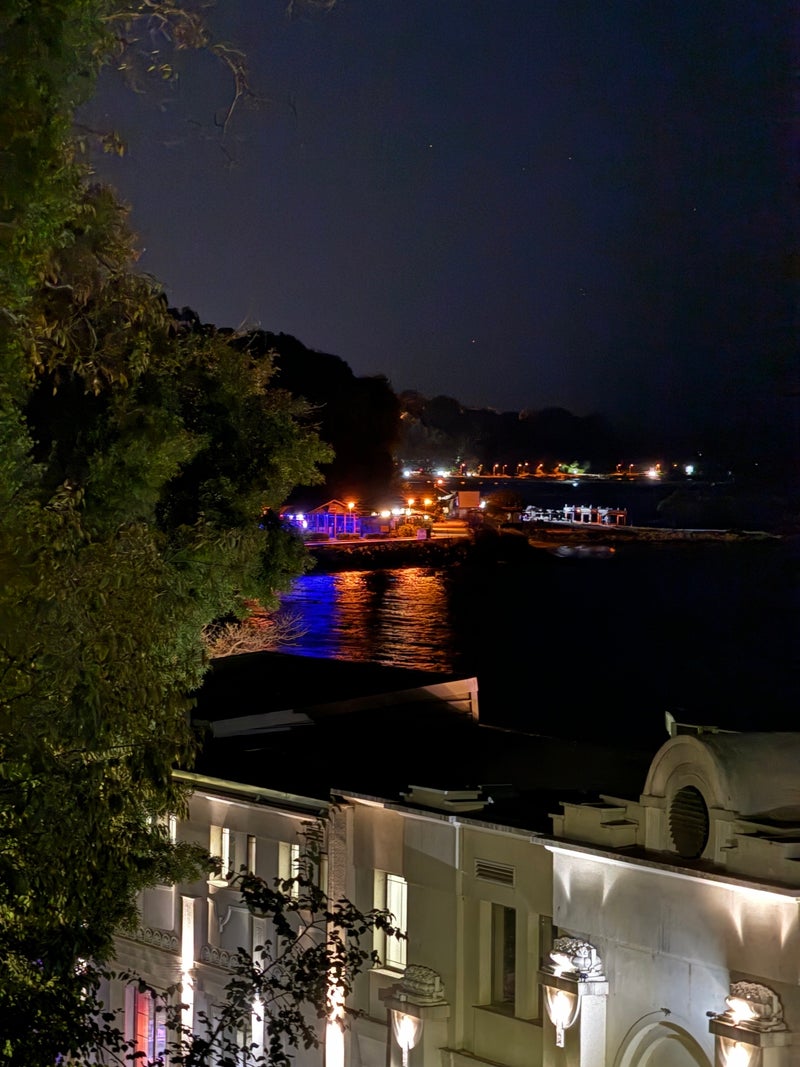
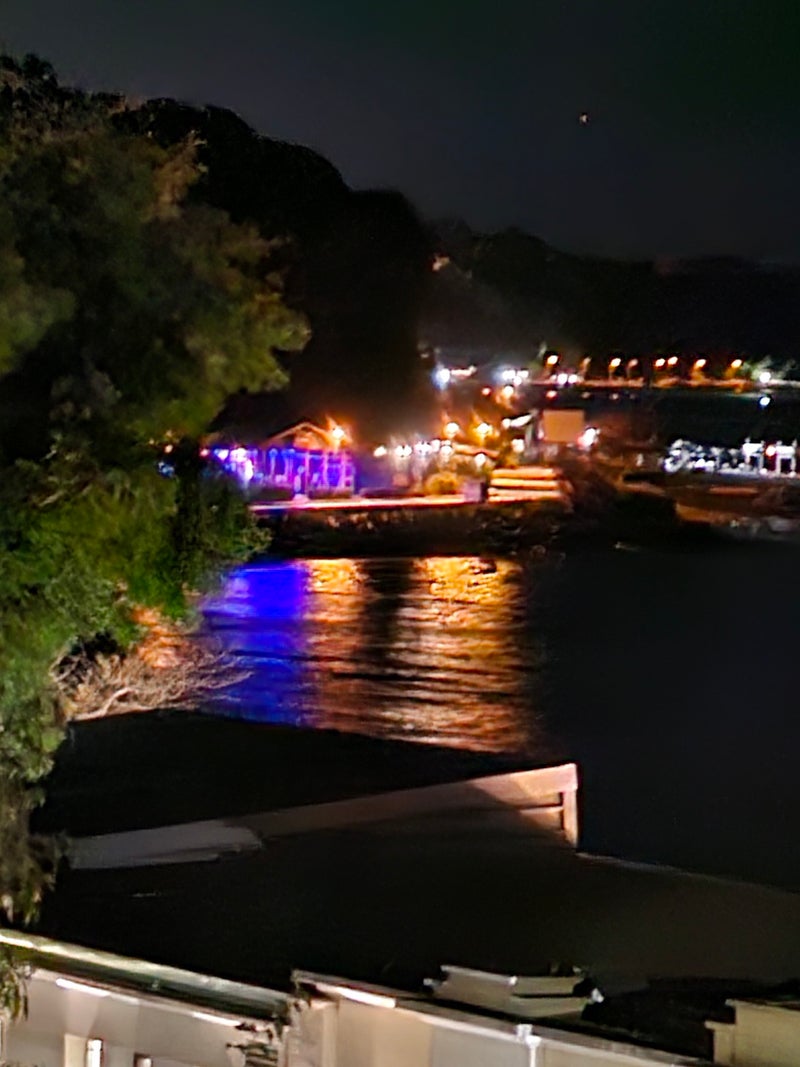
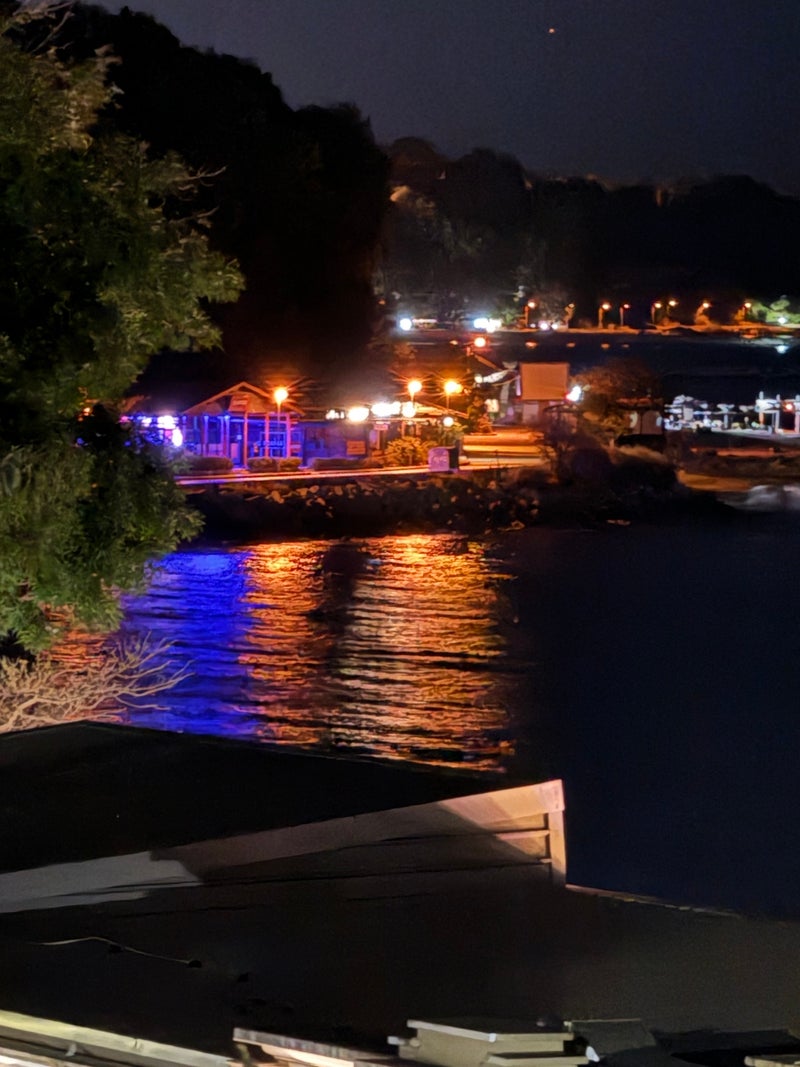
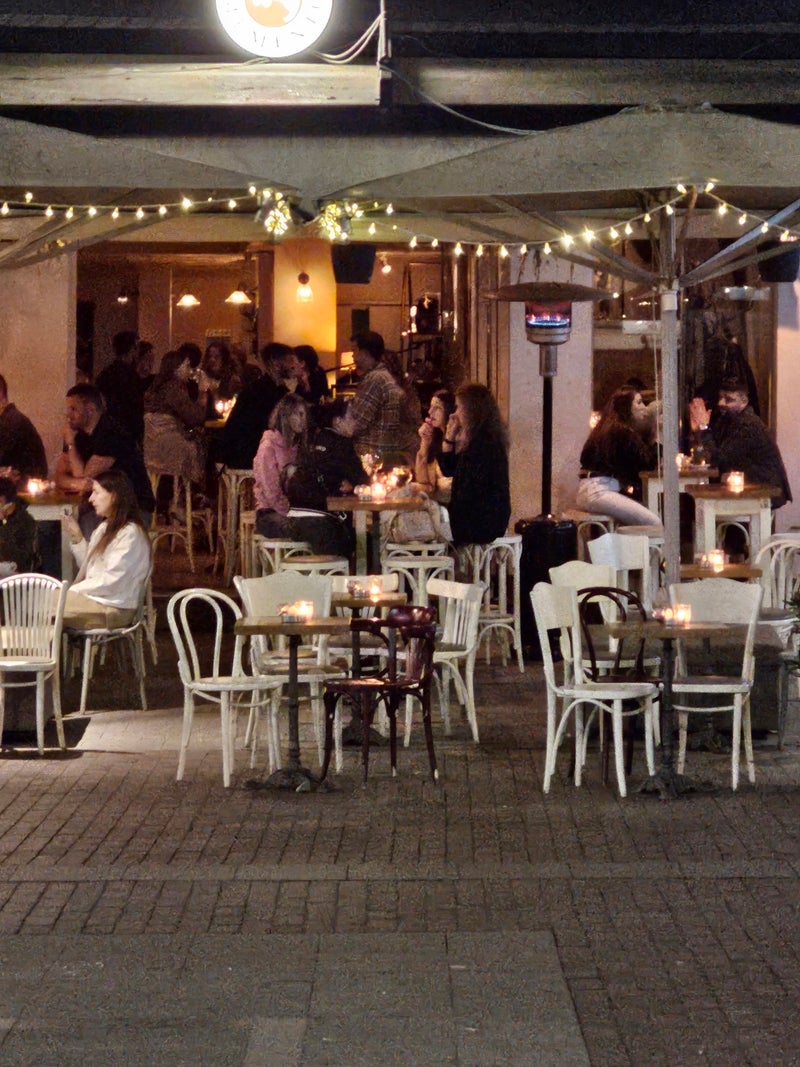








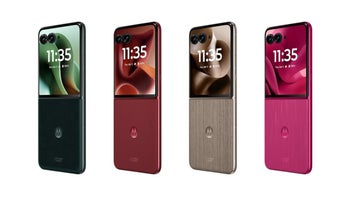


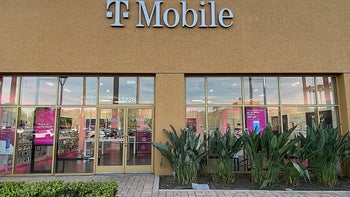

Things that are NOT allowed: